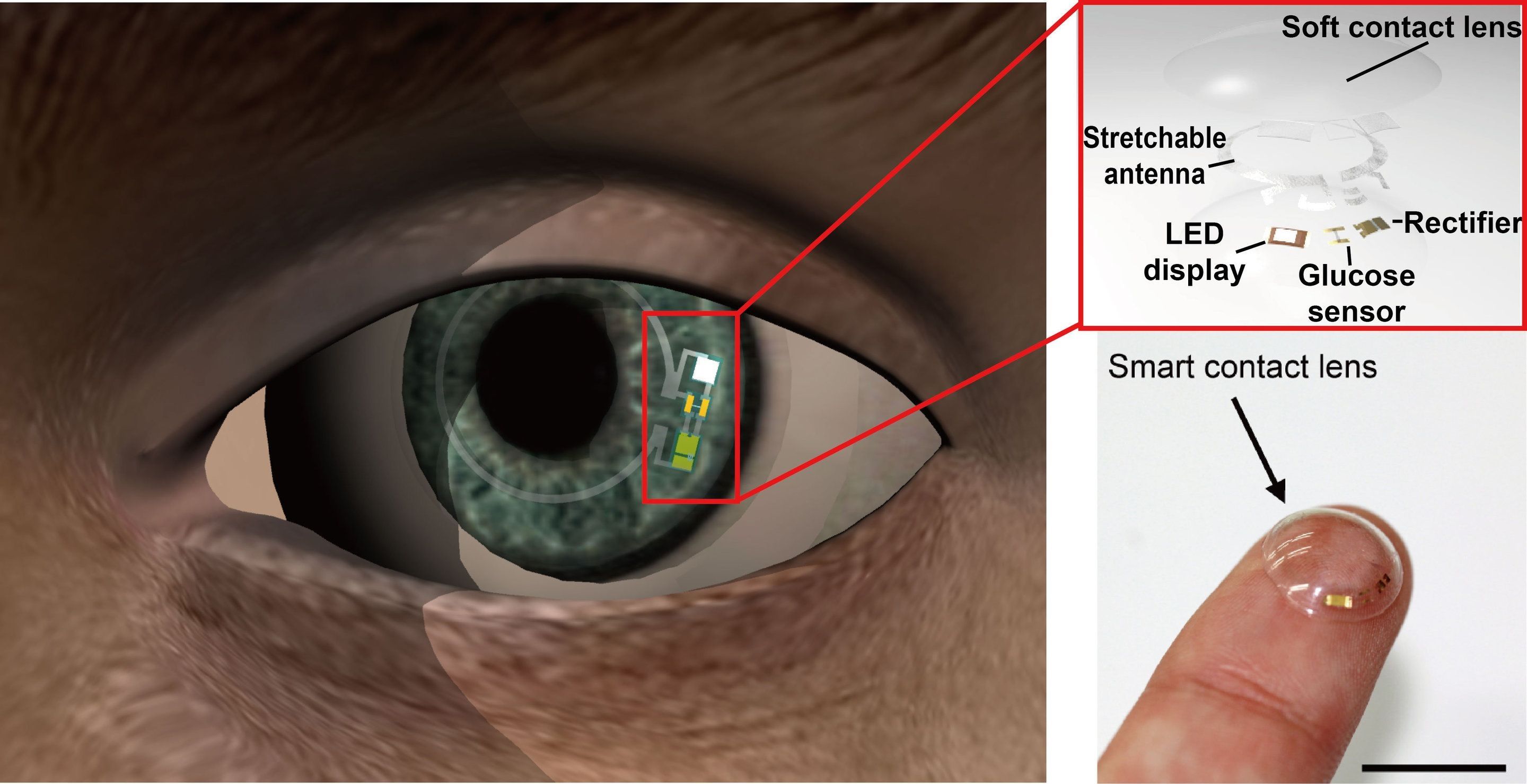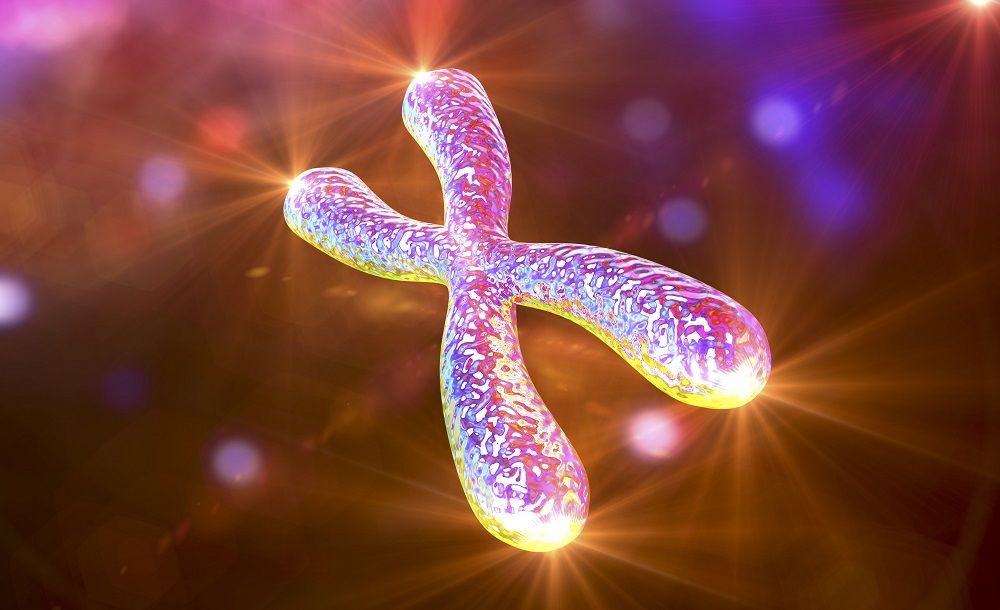We helped develop Neuropixels probes to accelerate neuroscience research.
• ••
1cm long and 70 microns across, this technology is capable of recording signals from 384 brain cells at the same time. #InnovationWeek
We helped develop Neuropixels probes to accelerate neuroscience research.
• ••
1cm long and 70 microns across, this technology is capable of recording signals from 384 brain cells at the same time. #InnovationWeek

Artificial intelligence approached the summit of hype at this year’s World Economic Forum.
AI was on the lips of seemingly every corporate chief and policy maker attending this year’s conference in Davos, Switzerland. On Wednesday, the term “artificial intelligence” appeared in more than 20 headlines and stories Bloomberg ran about the gathering.
British Prime Minister Theresa May announced a new government-funded center to advise on ethical use of AI and French President Emmanuel Macron launched a 10 billion euro innovation fund aimed at new technologies like AI.
Will the transhumanist path forward lead us to singularity of posthuman superintelligence a-la Ray Kurzweil?
“I think that the definition of being human is about to change a lot in the next century,” says Michelle Thaller, astronomer and Assistant Director for Science Communication at NASA — National Aeronautics and Space Administration.
Human beings next evolutionary leap is going to take us beyond our biological existence. How do you feel about merging with an artificial intelligence?


A team of researchers with the Ulsan National Institute of Science and Technology in the Republic of Korea has developed a glucose monitoring contact lens that its makers claim is comfortable enough to wear. In their paper published on the open access site Science Advances, the group describes their contact lens and suggests it could be ready for commercial use within five years.
Diabetes results in unmanageable glucose levels, requiring those who have the disease to monitor and adjust them with insulin or medicine. Monitoring, unfortunately, requires pricking a finger to retrieve a blood sample for testing, which most people do not like. For that reason, scientists seek another way. A new method employs a contact lens. Prior research has shown glucose levels in tears follows that of glucose levels in the blood in many respects. To date, there are no commercially available contact lens products because, as the researchers note, they are made of hard materials that are uncomfortable in the eye. They claim to have overcome that problem by breaking apart the pieces of their sensing device and encapsulating each in a soft polymer and then connecting them together in a flexible mesh.
The polymer is the same type used in conventional contact lenses. The components of the device consist of a graphene-based sensor, a rectifier, LED display and a stretchable antenna. Power for the sensor is still external—it is held in the air a minimum of nine millimeters from the lens. The LED glows during normal conditions and turns off when high levels of glucose are detected. The flexibility of the lens and sensor components also allows for removal of the device in the same way as normal contact lenses—by grabbing and bending.



In 1996, Dolly the sheep became the first mammal to be cloned from a somatic cell. Twenty years later, scientists have succeeded in using the same technique on primates—as detailed in a study published today in the journal Cell, two long-tailed macaque monkeys were born at the Chinese Academy of Sciences Institute of Neuroscience in Shanghai.